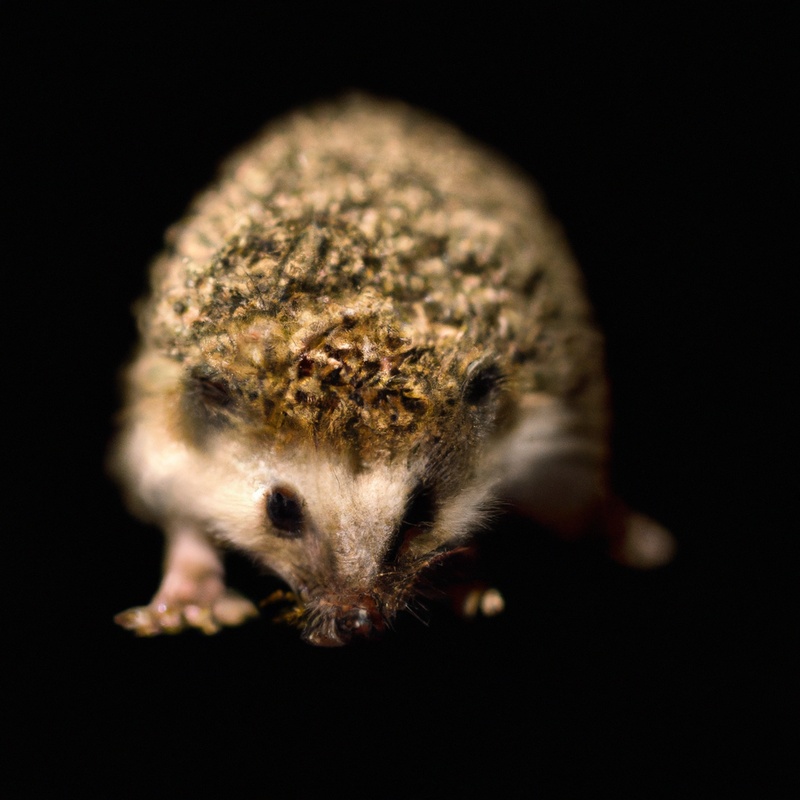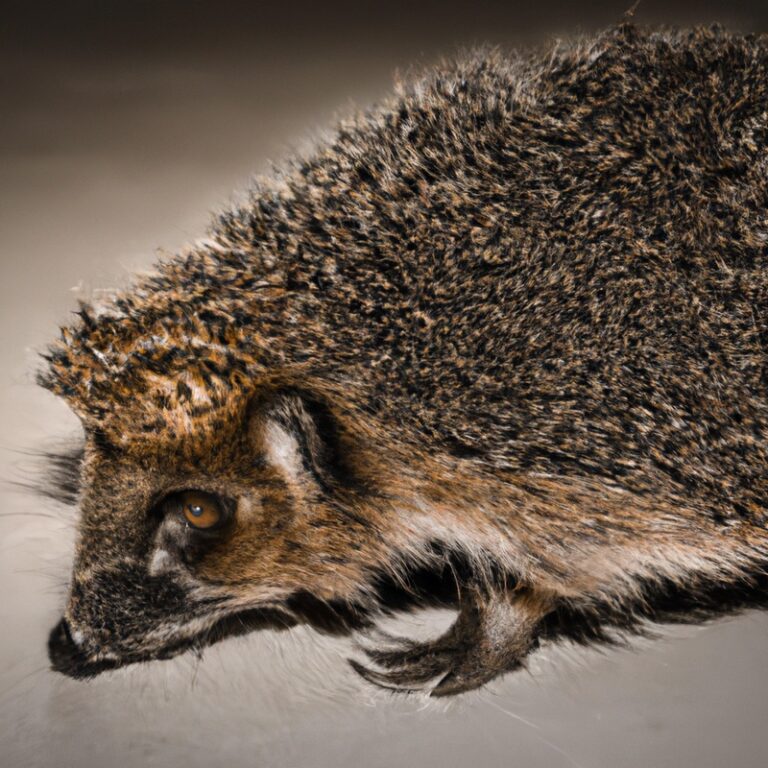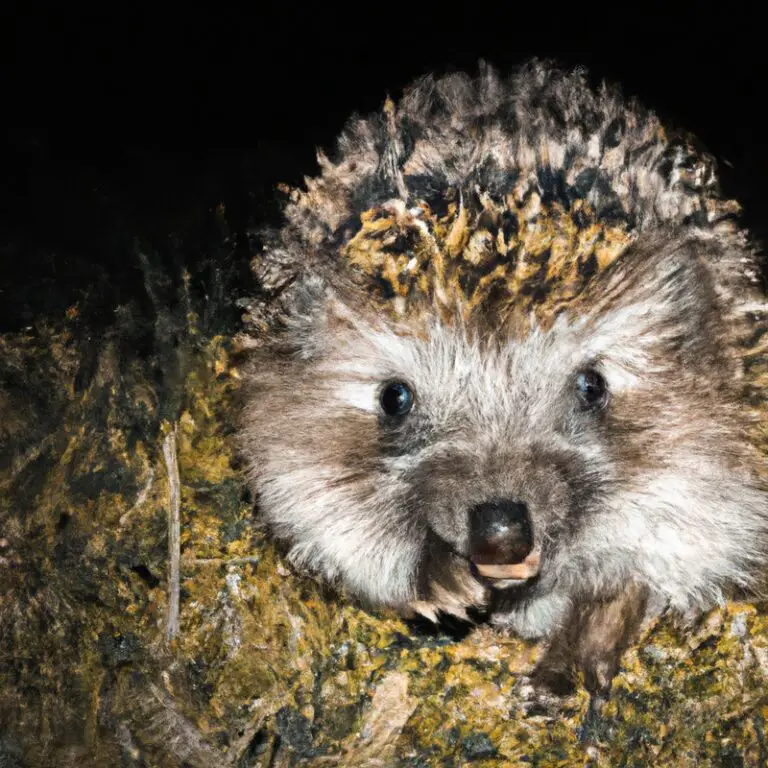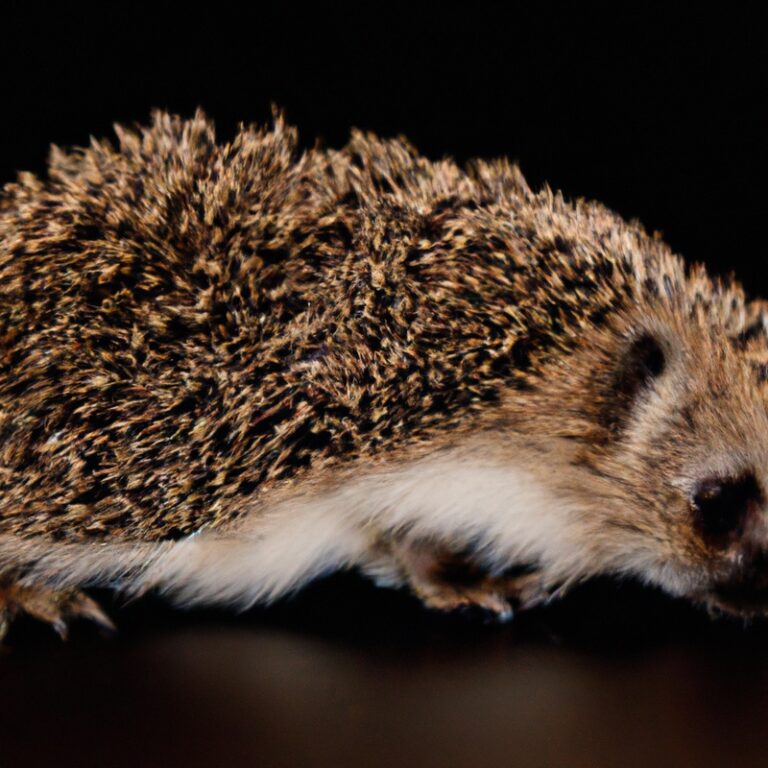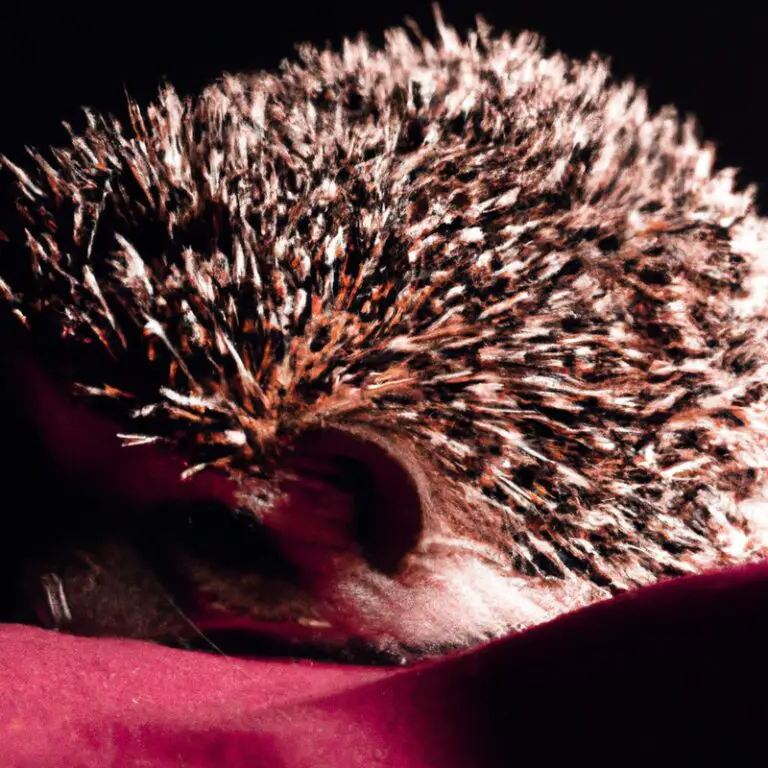How Do Hedgehogs Interact With Flowering Plants?
Key Takeaways:
- Hedgehogs play a vital role in pollination by interacting with flowering plants.
- Hedgehogs are attracted to the scent and nectar of flowering plants, which helps them find food.
- Hedgehogs transfer pollen from one flower to another, promoting cross-pollination.
- The relationship between hedgehogs and flowering plants is beneficial for both parties as it supports plant reproduction and provides a food source for hedgehogs.
Are you curious about the fascinating relationship between hedgehogs and flowering plants? It turns out these prickly little creatures play an important role in both seed dispersal and pollination.
As seed dispersers, hedgehogs help plants spread their seeds far and wide, contributing to the biodiversity of ecosystems.
Additionally, hedgehogs unintentionally assist in pollination by spreading pollen on their spines as they brush against flowers. In this blog article, we’ll delve into the world of hedgehog-flower interactions, exploring the benefits they provide and how you can create a hedgehog-friendly garden.
So, let’s dive in and uncover the secrets of these prickly garden visitors!
| Hedgehogs | Flowering Plants |
| Feed on insects and small vertebrates | Provide a habitat for insects |
| Help control pest populations | Attract pollinators such as bees and butterflies |
| Can damage flower beds by digging | Provide shelter and hiding spots for hedgehogs |
| May consume plant material (e.g., berries) | Some flowering plants produce edible fruits |
| Can create disturbances in plant growth | Plants may adapt to hedgehog feeding habits |
Hedgehogs as seed dispersers
Hedgehogs play a key role in seed dispersal.
Hedgehogs and the role of seed dispersal
Hedgehogs play an important role in seed dispersal.
As they move around, they pick up seeds on their spines and fur.
When they travel to different areas, these seeds can get deposited and potentially germinate, helping with the spread and diversity of plant species.
Hedgehogs are considered “secondary scatterers” as they unintentionally disperse seeds while going about their daily activities.
Their contribution to seed dispersal is valuable for maintaining healthy ecosystems and promoting plant regeneration.
Benefits of hedgehogs as seed dispersers
Hedgehogs play an important role in seed dispersal, benefiting both the plants and the ecosystem. Here are some of the benefits:
- Effortless dispersal: Hedgehogs consume fruits and berries, and their digestive system helps break down the seeds. As they move around, the seeds pass through their digestive tract and are deposited in different locations, allowing for widespread dispersal.
- Increased plant diversity: By dispersing seeds, hedgehogs contribute to the establishment of new plant populations in various habitats. This helps maintain and enhance plant diversity within ecosystems.
- Habitat restoration: Hedgehogs can aid in the restoration of disturbed or degraded habitats by facilitating the recolonization of plant species. Their role as seed dispersers can be especially beneficial in areas that have experienced habitat loss or fragmentation.
- Food sources for other animals: In addition to dispersing seeds, hedgehogs are also an important food source for many other animals. Their presence contributes to the overall food chain and promotes ecological balance.
- Conservation efforts: Recognizing the importance of hedgehogs as seed dispersers can inform conservation strategies aimed at protecting these creatures and their habitats. By safeguarding hedgehog populations, we can ensure the continued benefits they provide to plant communities.
Examples of flowering plants reliant on hedgehogs for seed dispersal
Certain flowering plants rely on hedgehogs for seed dispersal. Here are some examples:
- Solomon’s Seal (Polygonatum: Hedgehogs eat the fleshy, berry-like fruits of Solomon’s Seal. As they travel, the seeds pass through their digestive systems and are deposited in new locations, aiding in the plant’s colonization.
- Wood Anemone (Anemone nemorosa: The fruits of Wood Anemone are consumed by hedgehogs. After digestion, the seeds are dispersed in the hedgehog’s droppings, promoting the plant’s spread.
- Hollyhocks (Alcea rosea: Hedgehogs feed on the seed capsules of hollyhocks, contributing to their dispersal. As hedgehogs move around, they inadvertently drop the seeds in different areas.
These are just a few examples of the important role hedgehogs play in the seed dispersal of certain flowering plants.
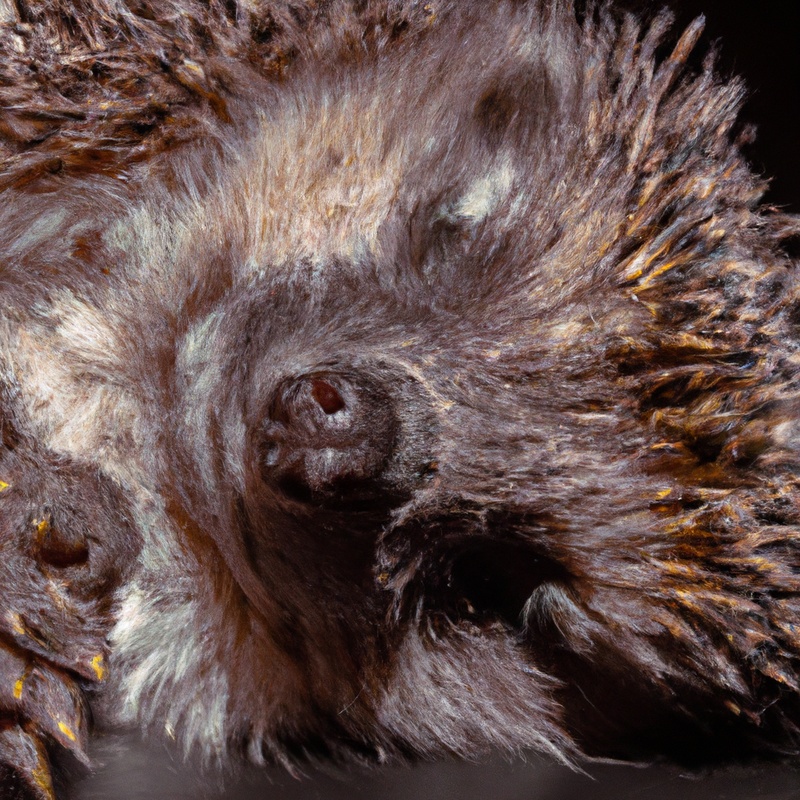
Hedgehogs as pollinators
Hedgehogs often play an unintentional role as pollinators by transferring pollen from flowers they come into contact with.
Hedgehogs and their interaction with flowers
Hedgehogs can have a positive interaction with flowers.
They often visit gardens and meadows in search of insects, which are a staple of their diet.
While foraging, they may inadvertently carry pollen from one flower to another, helping with pollination.
However, it is important to note that hedgehogs primarily rely on insects for sustenance, and their role as pollinators is secondary.
As cute as it may be to imagine hedgehogs actively pollinating flowers, their main contribution lies in controlling pest populations, which indirectly benefits the plants.
So, while hedgehogs may not be the main pollinators, they sure play a part in maintaining the ecosystem’s balance.
How hedgehogs unintentionally assist in pollination
Hedgehogs unintentionally assist in pollination by carrying pollen on their spines as they move through flowering plants.
When hedgehogs brush against the flowers, pollen sticks to their spines and is then transported to other plants.
This accidental transfer of pollen helps in the fertilization process, enabling plants to produce seeds and fruits.
Despite being small and often overlooked, hedgehogs play an important role in ecosystem functioning and supporting plant reproduction.
Their unintentional contribution to pollination highlights the interconnectedness of various species in nature.

Notable examples of hedgehog-assisted pollination
Hedgehogs, with their prickly backs and adorable snouts, may not be the first creatures that come to mind when you think of pollinators, but they actually play a significant role in assisting the pollination of certain flowering plants.
In particular, some studies have found that hedgehogs are important pollinators for plants such as the wood sage, borage, and foxglove.
These spiky mammals visit the flowers in search of insects, inadvertently picking up pollen on their quills and transferring it to other plants as they move around.
It’s a fascinating example of how different species can unknowingly collaborate in nature.
Hedgehogs as garden visitors
Hedgehogs are frequent visitors to gardens and can be beneficial for plant health and pest control.
Hedgehogs’ affinity for gardens
Hedgehogs love gardens! They are naturally attracted to the abundance of insects, slugs, and snails that can be found in gardens.
The vegetation and foliage also provide shelter and hiding places for these adorable prickly creatures.
By creating a hedgehog-friendly garden, you can help provide a safe haven for them.
Make sure to leave a small gap in your garden fence for them to access your yard, avoid using pesticides, and create a cozy hedgehog house for them to rest in.
Types of flowering plants that attract hedgehogs
Hedgehogs are attracted to a variety of flowering plants in gardens.
Some examples include:
- Lavender: The strong scent of lavender is appealing to hedgehogs, and they will often visit gardens with this fragrant plant.
- Sunflowers: The bright colors and abundance of seeds in sunflowers can attract hedgehogs who are looking for a snack.
- Foxgloves: With their tall spires of bell-shaped flowers, foxgloves provide a sheltered spot for hedgehogs to rest during the day.
- Marigolds: These vibrant flowers not only add beauty to the garden, but their strong scent can also draw in hedgehogs.
- Buddleia: Commonly known as the butterfly bush, buddleia attracts insects, which in turn can attract hedgehogs seeking a meal.
Remember to create a hedgehog-friendly environment by providing open access to your garden and avoiding pesticides that can harm these adorable creatures.
Creating a hedgehog-friendly garden
To create a hedgehog-friendly garden, provide them with a safe and comfortable environment. Start by leaving out food and water, like cat or dog food, in a shallow dish.
Allow a wild area with logs and piles of leaves for them to hide and forage in.
Avoid using chemicals and pesticides in your garden, as these can harm hedgehogs. Ensure there are small gaps in fences and walls for them to access your garden easily.
Lastly, consider installing a hedgehog house or shelter for them to sleep and hibernate in.
Frequently asked questions about hedgehogs and flowering plants
Do hedgehogs harm or benefit flowering plants?
Hedgehogs can actually benefit flowering plants in several ways.
They often consume insects that can harm the plants, helping to control pest populations.
Additionally, hedgehogs aid in seed dispersal by carrying seeds on their spines and fur, inadvertently spreading them as they move around.
This can promote plant diversity and help with ecological regeneration.
Hedgehogs also create small burrows in the soil, which can aerate the ground and improve soil quality for plant growth.
Overall, hedgehogs play a positive role in the ecosystem and can contribute to the health of flowering plants.
Can hedgehogs eat flowering plants?
Yes, hedgehogs can eat some flowering plants, but it’s important to be cautious. Some flowering plants can be toxic to hedgehogs, so it’s best to research which ones are safe before offering them.
Additionally, be mindful of any pesticides or chemicals that may be present on the plants.
A safe alternative is to provide hedgehogs with a well-balanced diet of commercially-available hedgehog food to ensure their nutritional needs are met.
Should I worry about hedgehogs damaging my garden?
No, you don’t need to worry about hedgehogs damaging your garden. Hedgehogs are actually beneficial for gardens as they eat pests such as slugs and snails.
They may occasionally root around in search of insects, but the minimal disturbance they cause is usually outweighed by the positive impact they have on pest control.
Creating hedgehog-friendly areas in your garden with some low-growing plants and access to water can help attract these helpful creatures.
Final Verdict
Hedgehogs play a crucial role in the interaction between hedgehogs and flowering plants.
As seed dispersers, hedgehogs aid in the dispersion of seeds, benefiting the reproduction and distribution of various plant species.
Additionally, they inadvertently assist in pollination by carrying pollen on their spines and fur while foraging for food.
However, it is important to note that hedgehogs can also damage gardens if not properly managed.
By creating a hedgehog-friendly garden and being mindful of their habits, we can enjoy the benefits of their presence while ensuring the well-being of our flowering plants.

